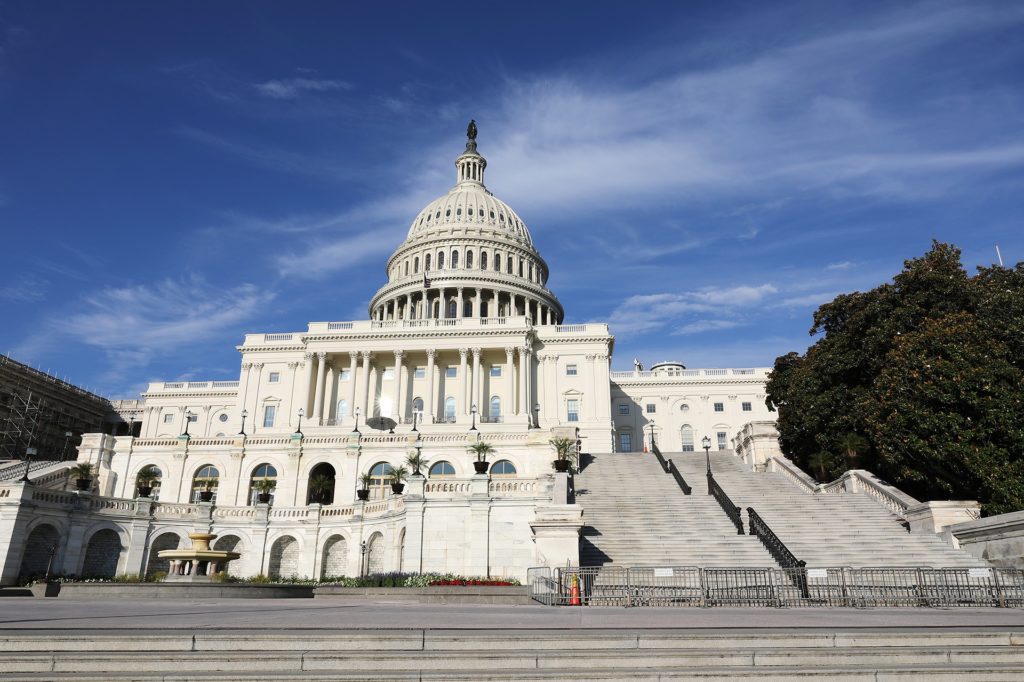
This article is a part of your HHCN+ Membership
Home-based care providers are enthused – at least in part – by the passing of the $1.66 trillion omnibus spending bill in December.
Specifically, they’re bullish on the added transparency language required from the Centers for Medicare & Medicaid Services (CMS), a two-year extension for Medicare telehealth provisions and further value-based care incentives.
“CMS being forced to be transparent with their calculations for the behavioral adjustment will certainly affect home health moving forward,” Healthcare Provider Solutions CEO Melinda A. Gaboury told Home Health Care News. “And the telehealth extension for face-to-face encounters through December of 2024 is huge and a really good thing.”
CMS transparency
In the spending bill, home health providers should take solace in the fact that CMS is now required to be much more transparent in how they make adjustments to the payment rate.
“Right now, one of our biggest concerns in home health is that we don’t know the exact details behind the calculations of the behavioral adjustment,” Gaboury said. “With the stuff we do know, much of it we do not agree with. So that is going to be taken care of.”
Rather than operating largely behind closed doors, CMS will now have to share the data it uses to determine assumptions of providers’ behavior.
“CMS has typically been somewhat forthcoming with how they make calculations and formulas that they use – and they said that they were in this case [when determining the rate cut],” Gaboury said. “But nobody on this side of the line can recalculate those numbers.”
While providers would have preferred no rate cuts whatsoever, a peak at the methodology and more transparency is a decent consolation prize.
It also offers an opportunity to debate the rate cuts on a more fair playing field moving forward.
“They pushed for them to at least have a transparency meeting so we fully understood where the calculations were coming from,” Gaboury said. “Obviously, providers have to deal with the fact that we got a cost reduction, but we’re hoping that through this transparency issue, that’ll be reconciled before next year.”
A win for telehealth
One of the major wins from the spending bill was the two-year extension for Medicare telehealth provisions put in place during the COVID-19 public health emergency (PHE), which will officially end in May, the Biden administration announced Monday.
“It’s a great success for the industry given the dynamics,” Kyle Zebley, senior vice president of public policy at the American Telemedicine Association (ATA), told HHCN. “This omnibus bill, with the telehealth-related provisions, is probably about as good as the telehealth community could have hoped for.”
The bill also prevents the implementation of a Medicare telehealth insurance requirement, something Zebley called an “existential threat” to the telehealth community. The reason being is that, when insurance requirements are implemented, telehealth can’t be fully taken advantage of, Zebley said.
Although flexibilities were extended, the jury is still out on telehealth reimbursement. After 2023, rates could return to lower, pre-pandemic levels, Zebley said.
In a perfect world, these telehealth changes would have been made permanent instead of a two-year extension. However, this was a step in the right direction, Zebley said.
“To get as much as we got for as long as we did, I think that was the surprise,” he said.
Value-based incentives
A smaller item that may be of interest to home-based care providers was the inclusion of Medicare’s incentive for value-based care in the omnibus package at 3.5%.
David Pittman, director of communications and regulatory affairs for the National Association of ACOs (NAACOS), told HHCN the incentive will help physicians continue to move toward a value-based system of care – one that will be driven by better clinical outcomes, hopefully lowering the cost of care.
“There are a lot of ACOs and organizations that we represent that rely heavily on home-based care,” Pittman said. “A lot of them, of course, have several high-cost, high-risk patients, and so being able to go into their home and take care of them — where they already are — is pretty valuable.”
While several groups banded together and advocated for a full 5%, the 3.5% does still offer a decent incentive.
That should keep enthusiasm for value-based care high while Congress works on a long-term solution to encourage the adoption of alternative payment models, Pittman said.
By implementing the incentive, home-based care providers should benefit from that downstream, if they are willing to engage.
Companies featured in this article:
American Telemedicine Association, Healthcare Provider Solutions, National Association of ACOs




